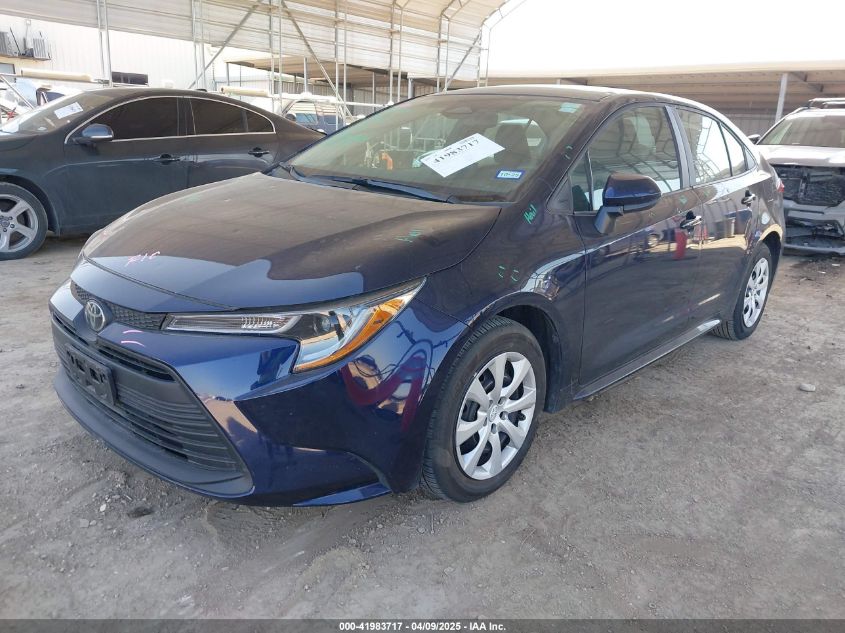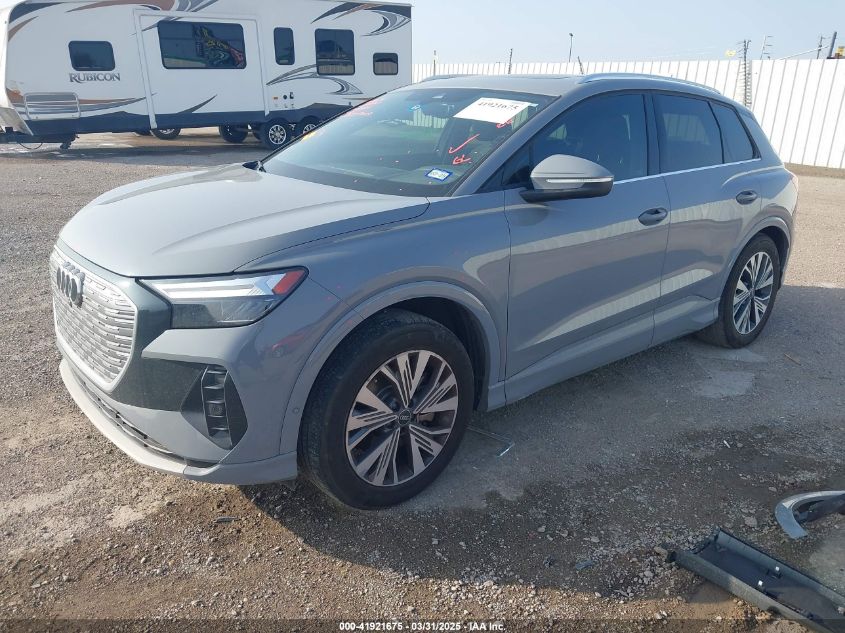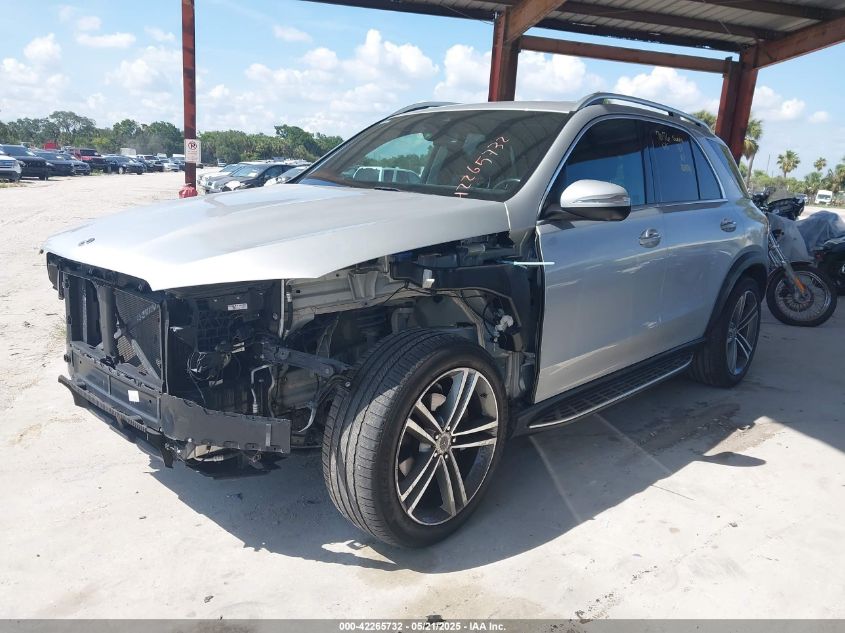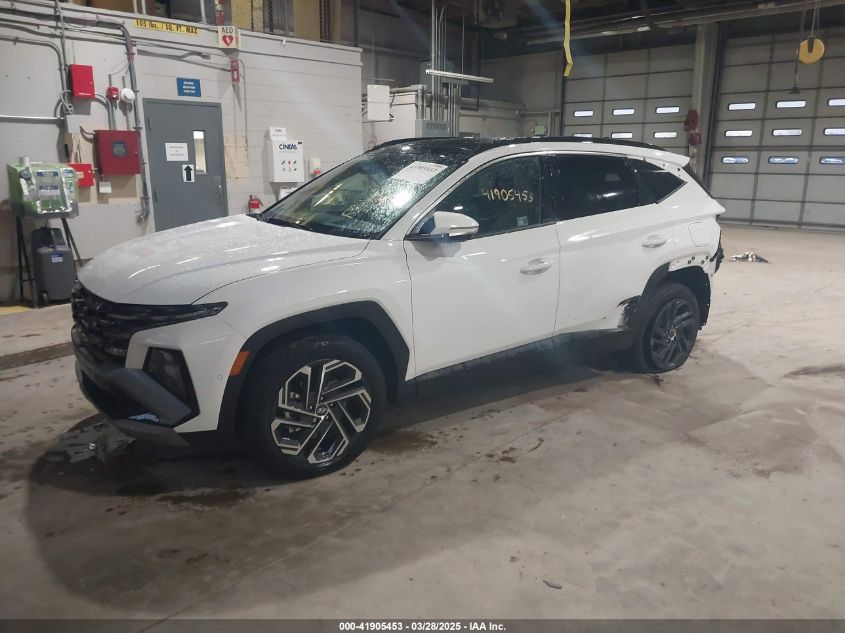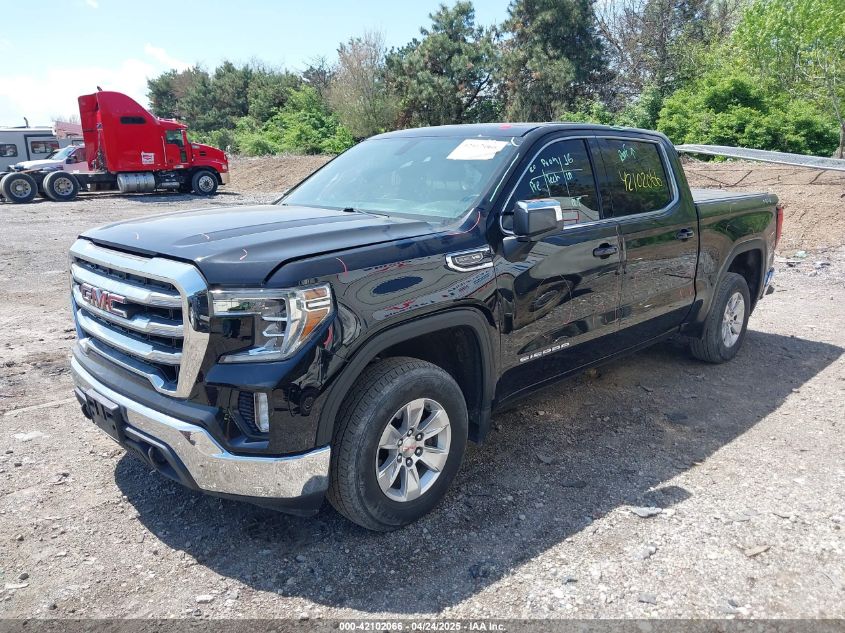2013 FORD MUSTANG | 1ZVBP8CF4D5265576
Specifications
6
~$60,000
Engine: 5.8L supercharged V8
Torque: 813 Nm
0–100 km/h: ~3.5 s
The fifth-generation Ford Mustang redefined the modern muscle car by blending retro style with genuine high-performance engineering. While base V6 and GT trims delivered competent power, it was the Shelby GT500 that truly unleashed the Mustang’s full sporting potential. Powered by a 5.8L supercharged V8 in later models, the GT500 generated up to 662 horsepower and a monstrous 813 Nm of torque, enabling 0–100 km/h acceleration in just 3.5 seconds — numbers that rivaled European supercars at less than half the price.
In GT and Shelby trims, the Mustang’s handling evolved significantly through the generation. Early models used a live rear axle, which limited composure on rough roads, but strategic chassis tuning and upgraded shocks allowed it to remain stable and sharp in corners. Brembo brakes, stiffer sway bars, and a retuned electronic steering system appeared in later Performance Packages, especially in Boss 302 and GT500 variants. Track Pack-equipped Mustangs offered remarkable grip and balance, showcasing Ford’s ability to fine-tune a classic platform for modern track-day excitement.
The Mustang remained unmistakably American in both spirit and execution — loud, visceral, and unapologetically powerful. Yet during these years, it matured: adding refinement, precision, and tech without compromising its muscle heritage. From daily GTs to street-legal race cars like the Boss 302 Laguna Seca, this generation of Mustang proved it could satisfy purists, drag racers, and canyon carvers alike — making it one of the most versatile and celebrated performance coupes of its era.
Body Styles
The Ford Mustang was offered as a two-door fastback coupe and two-door convertible. Drawing inspiration from the original 1960s design, the fifth-gen model adopted a long hood, short deck silhouette with squared-off rear haunches, pronounced fender flares, and wide-set vertical taillights. The retro-modern aesthetic was complemented by low rooflines, muscular proportions, and an assertive stance. The convertible variant retained the coupe’s profile when the fabric top was raised, and included extra chassis bracing for rigidity. Special trims like the GT500 and Boss 302 received aerodynamic front splitters, rear diffusers, hood vents, and spoilers — turning the Mustang into a full-fledged road-and-track machine.
Model Name Meaning (Manufacturer)
The name “Mustang” was chosen by Ford in the early 1960s to evoke freedom, strength, and the spirit of the American West. Though often associated with the wild horse of the plains, the car’s name was also influenced by the North American P-51 Mustang fighter plane from World War II. Both interpretations aligned with the car’s image: fast, agile, bold, and independently spirited.
Model Name Meaning (Languages)
“Mustang” is a widely recognized English word referring to wild, free-roaming horses of the American West. It conveys raw power, independence, and untamed movement — all themes Ford intentionally embraced in the car’s branding. Phonetically, the name is energetic and evocative, with a strong initial consonant and an open, trailing sound that fits the car’s expressive and rebellious image. Its symbolism transcends language, making it globally iconic.
Body & Interior Colors and Rims
Over the years, the Mustang was offered in a bold spectrum of colors, including classic Race Red, Grabber Blue, Performance White, and Kona Blue. Limited editions added standout options like Gotta Have It Green, School Bus Yellow (Boss 302), and Deep Impact Blue. Premium trims and anniversary packages introduced metallic and tri-coat finishes, while the GT500 came in aggressive two-tone schemes with over-the-top stripes in black, silver, or white.
Inside, base models featured durable cloth seats in Dark Charcoal or Stone, while GTs and upmarket trims offered leather upholstery in black, saddle, or red with aluminum or faux carbon-fiber accents. Shelby models received unique interior cues like Recaro sport seats, embroidered logos, contrast stitching, and track-oriented readouts. Dashboards carried a twin-binnacle design reminiscent of the original ‘65 Mustang, later upgraded with MyColor customizable gauges, SYNC infotainment, and voice control in later years.
Wheel options ranged from 17-inch machined aluminum on base V6 models to 18- and 19-inch polished or black-painted alloys on GT trims. Special editions like the Boss 302 came with lightweight racing-style wheels, while GT500s wore 19- or 20-inch forged aluminum wheels in split-spoke or multi-spoke designs — some wrapped in ultra-high-performance tires developed in collaboration with Goodyear and Michelin. Wheel finishes varied from chrome and gunmetal to matte graphite, depending on trim and package.
Top Expensive Options
- GT Track Pack (3.73 LSD, Brembo brakes, cooling upgrades): $1,995
- Recaro Sport Seats (GT/Boss/GT500): $1,595
- Shaker Pro Audio System with Subwoofer: $1,295
- Glass Roof Option (Coupe only): $1,995
- Shelby GT500 SVT Performance Package: $3,495
- Navigation with SYNC and Touchscreen: $795
- Boss 302 Laguna Seca Package: $6,995
- Brembo Brake Package (GT): $1,695
- Convertible Soft Top with Boot Cover: $995
- MyColor Custom Gauge Cluster: $395
vs Competitors
The Mustang’s primary rivals during this generation were the Chevrolet Camaro and Dodge Challenger, both of which were reintroduced during the same period. While the Camaro offered more dramatic styling and the Challenger boasted retro charm and interior space, the Mustang stood apart with its lighter curb weight, sharper handling, and greater performance diversity. The Boss 302 outperformed the Camaro SS in most track tests, while the GT500 directly challenged the Camaro ZL1 and even higher-tier European coupes in straight-line performance. Against imports like the Nissan 370Z and Hyundai Genesis Coupe, the Mustang offered more engine choices, stronger aftermarket support, and better resale value. It balanced tradition with progress in a way no other coupe in its segment could fully match.
Fun Fact
In 2013, the Shelby GT500 became the most powerful production Mustang ever built at the time, with 662 horsepower and a 325 km/h top speed — making it the first factory Mustang to break the 200 mph barrier. Its engine, the supercharged 5.8L Trinity V8, remains the largest-displacement V8 ever fitted in a modern Mustang and helped launch Ford’s global performance reputation into an entirely new tier.
Lot Details
-
Sale Date17/Jun/2025
-
Lot Number42116446
-
Sale document
-
Location
-
Odometer46,879 miles (75,444 km)
-
Primary Damage:FRONT END
-
Seller
-
Fuel
-
Engine Type5.0L V-8 DOHC, VVT, 420HP
-
Transmission
-
Drive Type
-
Color
Final Bid Ford Mustang (2013)
$10,100
$18,967
$35,500
Specifications
6
~$60,000
Torque:
0–100 km/h:
The fifth-generation Ford Mustang redefined the modern muscle car by blending retro style with genuine high-performance engineering. While base V6 and GT trims delivered competent power, it was the Shelby GT500 that truly unleashed the Mustang’s full sporting potential. Powered by a 5.8L supercharged V8 in later models, the GT500 generated up to 662 horsepower and a monstrous 813 Nm of torque, enabling 0–100 km/h acceleration in just 3.5 seconds — numbers that rivaled European supercars at less than half the price.
In GT and Shelby trims, the Mustang’s handling evolved significantly through the generation. Early models used a live rear axle, which limited composure on rough roads, but strategic chassis tuning and upgraded shocks allowed it to remain stable and sharp in corners. Brembo brakes, stiffer sway bars, and a retuned electronic steering system appeared in later Performance Packages, especially in Boss 302 and GT500 variants. Track Pack-equipped Mustangs offered remarkable grip and balance, showcasing Ford’s ability to fine-tune a classic platform for modern track-day excitement.
The Mustang remained unmistakably American in both spirit and execution — loud, visceral, and unapologetically powerful. Yet during these years, it matured: adding refinement, precision, and tech without compromising its muscle heritage. From daily GTs to street-legal race cars like the Boss 302 Laguna Seca, this generation of Mustang proved it could satisfy purists, drag racers, and canyon carvers alike — making it one of the most versatile and celebrated performance coupes of its era.
Body Styles
The Ford Mustang was offered as a two-door fastback coupe and two-door convertible. Drawing inspiration from the original 1960s design, the fifth-gen model adopted a long hood, short deck silhouette with squared-off rear haunches, pronounced fender flares, and wide-set vertical taillights. The retro-modern aesthetic was complemented by low rooflines, muscular proportions, and an assertive stance. The convertible variant retained the coupe’s profile when the fabric top was raised, and included extra chassis bracing for rigidity. Special trims like the GT500 and Boss 302 received aerodynamic front splitters, rear diffusers, hood vents, and spoilers — turning the Mustang into a full-fledged road-and-track machine.
Model Name Meaning (Manufacturer)
The name “Mustang” was chosen by Ford in the early 1960s to evoke freedom, strength, and the spirit of the American West. Though often associated with the wild horse of the plains, the car’s name was also influenced by the North American P-51 Mustang fighter plane from World War II. Both interpretations aligned with the car’s image: fast, agile, bold, and independently spirited.
Model Name Meaning (Languages)
“Mustang” is a widely recognized English word referring to wild, free-roaming horses of the American West. It conveys raw power, independence, and untamed movement — all themes Ford intentionally embraced in the car’s branding. Phonetically, the name is energetic and evocative, with a strong initial consonant and an open, trailing sound that fits the car’s expressive and rebellious image. Its symbolism transcends language, making it globally iconic.
Body & Interior Colors and Rims
Over the years, the Mustang was offered in a bold spectrum of colors, including classic Race Red, Grabber Blue, Performance White, and Kona Blue. Limited editions added standout options like Gotta Have It Green, School Bus Yellow (Boss 302), and Deep Impact Blue. Premium trims and anniversary packages introduced metallic and tri-coat finishes, while the GT500 came in aggressive two-tone schemes with over-the-top stripes in black, silver, or white.
Inside, base models featured durable cloth seats in Dark Charcoal or Stone, while GTs and upmarket trims offered leather upholstery in black, saddle, or red with aluminum or faux carbon-fiber accents. Shelby models received unique interior cues like Recaro sport seats, embroidered logos, contrast stitching, and track-oriented readouts. Dashboards carried a twin-binnacle design reminiscent of the original ‘65 Mustang, later upgraded with MyColor customizable gauges, SYNC infotainment, and voice control in later years.
Wheel options ranged from 17-inch machined aluminum on base V6 models to 18- and 19-inch polished or black-painted alloys on GT trims. Special editions like the Boss 302 came with lightweight racing-style wheels, while GT500s wore 19- or 20-inch forged aluminum wheels in split-spoke or multi-spoke designs — some wrapped in ultra-high-performance tires developed in collaboration with Goodyear and Michelin. Wheel finishes varied from chrome and gunmetal to matte graphite, depending on trim and package.
Top Expensive Options
- GT Track Pack (3.73 LSD, Brembo brakes, cooling upgrades): $1,995
- Recaro Sport Seats (GT/Boss/GT500): $1,595
- Shaker Pro Audio System with Subwoofer: $1,295
- Glass Roof Option (Coupe only): $1,995
- Shelby GT500 SVT Performance Package: $3,495
- Navigation with SYNC and Touchscreen: $795
- Boss 302 Laguna Seca Package: $6,995
- Brembo Brake Package (GT): $1,695
- Convertible Soft Top with Boot Cover: $995
- MyColor Custom Gauge Cluster: $395
vs Competitors
The Mustang’s primary rivals during this generation were the Chevrolet Camaro and Dodge Challenger, both of which were reintroduced during the same period. While the Camaro offered more dramatic styling and the Challenger boasted retro charm and interior space, the Mustang stood apart with its lighter curb weight, sharper handling, and greater performance diversity. The Boss 302 outperformed the Camaro SS in most track tests, while the GT500 directly challenged the Camaro ZL1 and even higher-tier European coupes in straight-line performance. Against imports like the Nissan 370Z and Hyundai Genesis Coupe, the Mustang offered more engine choices, stronger aftermarket support, and better resale value. It balanced tradition with progress in a way no other coupe in its segment could fully match.
Fun Fact
In 2013, the Shelby GT500 became the most powerful production Mustang ever built at the time, with 662 horsepower and a 325 km/h top speed — making it the first factory Mustang to break the 200 mph barrier. Its engine, the supercharged 5.8L Trinity V8, remains the largest-displacement V8 ever fitted in a modern Mustang and helped launch Ford’s global performance reputation into an entirely new tier.

